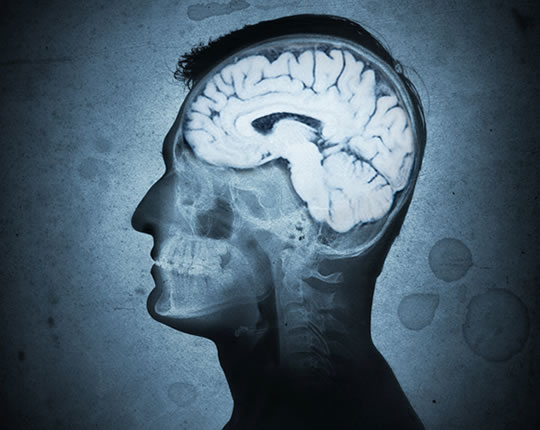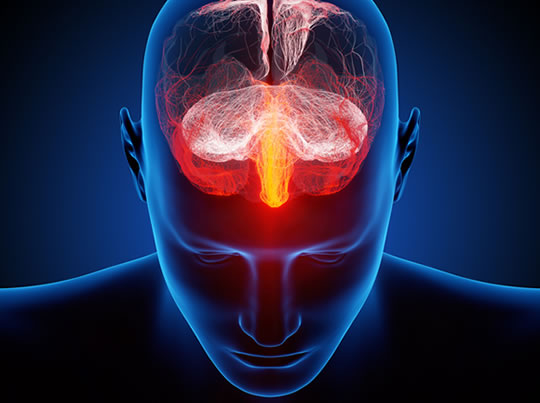There are around 5.5 million Americans living with Alzheimer’s and deaths have almost doubled in two decades.
Exercise could be the lifesaving ingredient that prevents Alzheimer’s disease, new research finds.
Higher levels of fitness were linked to less deterioration of critical nerve fibers in the brain, the so-called ‘white matter’.
The brain’s white matter is the bundle of nerve fibers the neurons use to communicate with each other.
People with lower levels of fitness had weaker white matter and lower brain function.
Dr Kan Ding, the study’s first author, said:
“This research supports the hypothesis that improving people’s fitness may improve their brain health and slow down the aging process.”
The scientists measured people’s cardiorespiratory fitness along with carrying out brain scans.
Dr Rong Zhang, study co-author, said:
“Evidence suggests that what is bad for your heart is bad for your brain.
We need studies like this to find out how the two are intertwined and hopefully find the right formula to help prevent Alzheimer’s disease.”
Further research at the O’Donnell Brain Institute at The University of Texas Southwestern Medical Center is now examining how much exercise works and whether it is ever too late.
The study will also look at the effects of cholesterol levels and blood pressure on preserving brain function.
Dr Ding said:
“A lot of work remains to better understand and treat dementia.
But, eventually, the hope is that our studies will convince people to exercise more.”
The study was published in the journal Journal of Alzheimer’s Disease (Ding et al., 2017).






